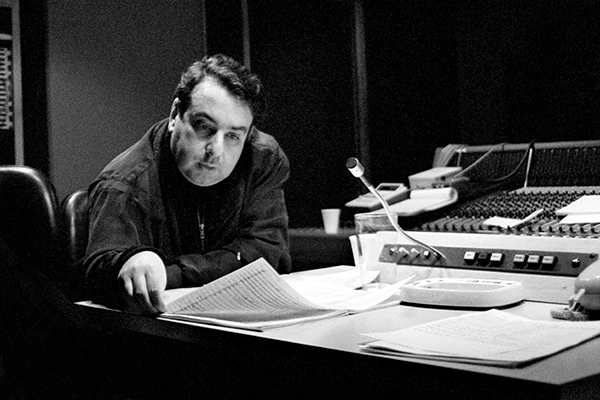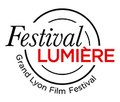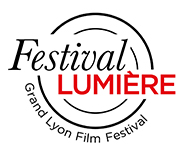The Première files By Thomas Baurez
Sarde and the ‘Bressonian’ silence
PostED ON OCTOBER 12
I have explained here how I found myself at Philippe Sarde's last known address for a major interview.
It was in the summer of 2015. I arrived at 10 a.m. and accompanied him on the sometimes-stormy shores of French cinema until the early afternoon. The musician handles notes and words with the same dexterity. While pausing and posing to capture the shot that would illustrate the interview, photographer Marcel Hartmann scanned the room and managed to capture the essence of the model. Since Philippe Sarde has travelled among unchanging waves, the imposing trunk, a silent witness to probable cruises on the South Seas, would serve as a prop. The musician's black and piercing gaze was already an open door to distant horizons. Once the portrait was done, we resumed the thread of a conversation that was broken but never disjointed. Speaking of unattainable oceans, I logically brought up the name of Robert Bresson. They seem like two sides of the same coin- the composer, who willingly writes lyrically, and Bresson, the man who penned Notes on the Cinematograph, where every line is the gospel. "If you want to find an analogy with cinematographic writing, you have to look for it in music and not in painting, because you would end up with a postcard.” Or "Silence is necessary for music but it is not part of music. The music relies on it.”
 © B. Communal
© B. Communal
I would learn that during the recording, Bresson himself was tapping to the beat. In short, that's how the silent Lancelot got an exhilarating military theme, rhythmically pulsing to the beat of an invisible army. Devilish! And since contraries do not always oppose each other but sometimes follow each other, I left Lancelot for La Grande Bouffe. Marco after Robert. Fire and ice. Philippe, hot and cold. Always on deck.

